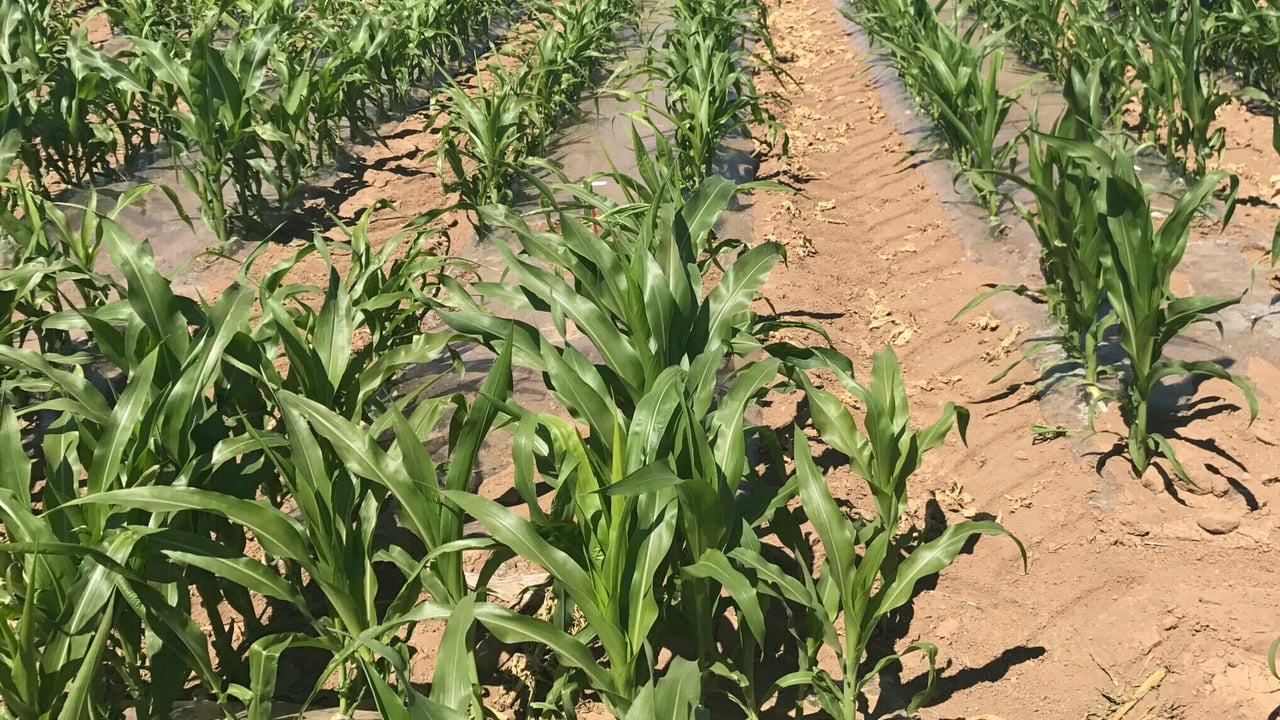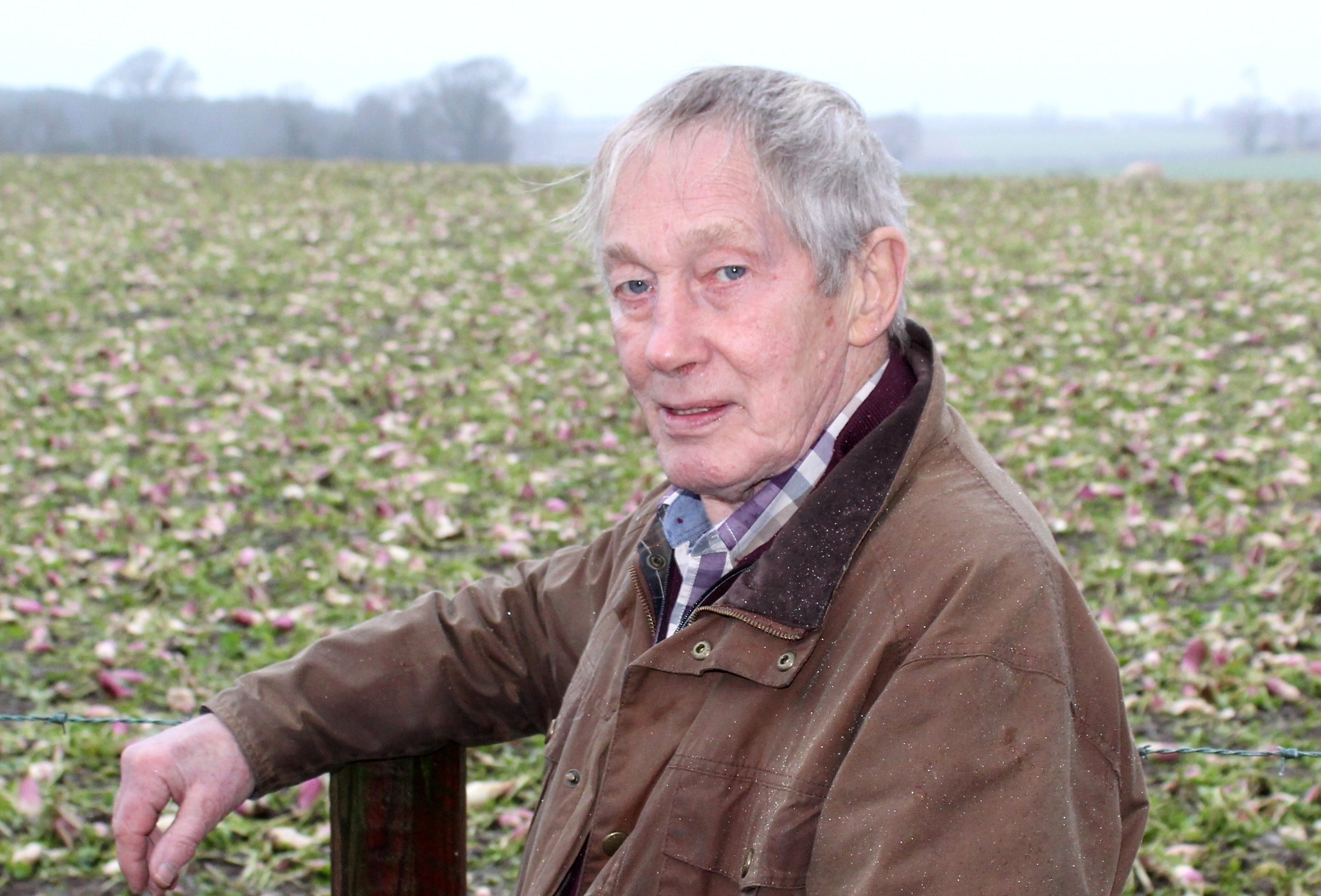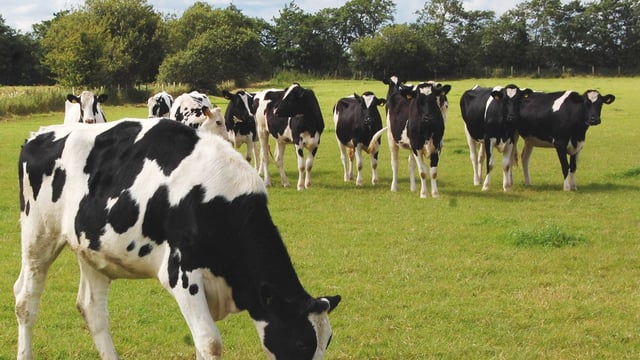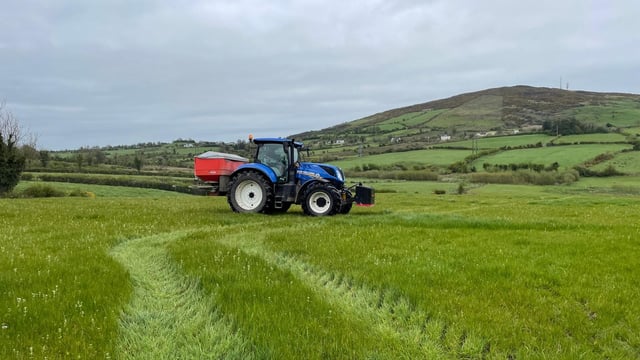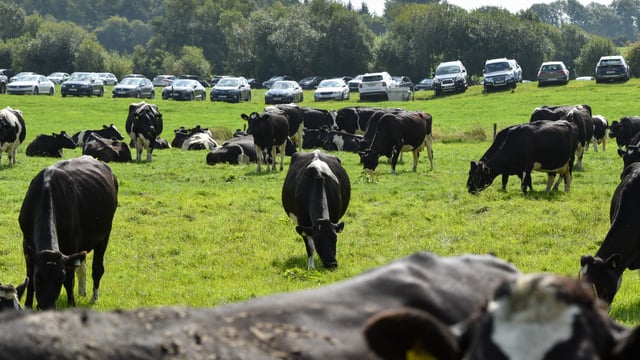Tillage: Growing forage crops as part of spring planting mix
The Teagasc template comprises four main criteria. In the first section the parties, the grower and the purchaser set out their names, addresses and PPS Numbers. When an agreement is reached, parties sign in this section.
This is followed by a schedule, to be completed by the grower and purchaser. This deals with the matters agreed by the two parties involved - the commencement and duration of the agreement, agreed prices to be paid/t of crop, and location of land where the crops will be grown
The following schedule contains two tables to be completed, again by both parties. One is used to list and identify the crops involved in the contract arrangement while the other records the soil sample history for the lands used to grow the crop in this agreement.
The fourth section of the contract lays out the legal terms and conditions contained within the agreement that has been be reached.
Farmers are advised to seek the advice of their agricultural advisor to help them complete the terms of any contract growing agreement they may wish to enter into.
In addition, tillage farmers considering entering into such a cropping arrangement in 2024 need to be fully aware of the costs, inputs, margins obtainable and agronomy associated with producing a fodder crop on contract.
The current Teagasc Crops Costs and Returns booklet provides an indicative guide to crop margins.
Meanwhile, Co. Down tillage farmer, Allan Chambers, will be planting out 160ac of forage maize over the coming days.
Chambers said: “I am lucky in the sense that the ground available to me is very free draining. It has been possible to get on with ploughing a number of fields over recent days.
“All of our maize crops are grown on a contract basis. The potential to expand the maize acreage grown is significant at the present time.
“Given the detrimental impact that the bad weather had on silage making last year, many livestock farmers will be keen to build up their forage stocks over the coming months.
“But, the speculative growing of crops is very risky, specifically where maize is concerned. Having guaranteed customers for the final crop before planting gets under way is the best way forward.”

